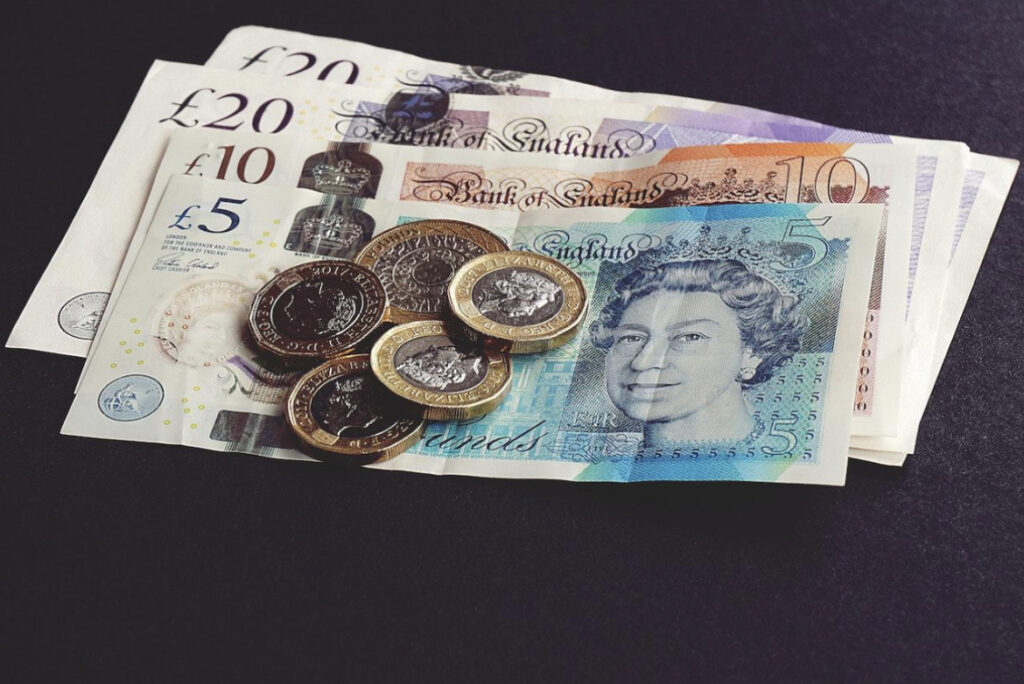Is the GBP Getting Stronger? Recent Trends Analysis

The British Pound is trading at 1.269 to a dollar as of August 2023. This is far from last year’s rate when it fell to its lowest in over 35 years. The dip occurred following an announcement that the UK would implement the most significant tax cuts ever made in the last 50 years of the UK’s history. The Chancellor of the British exchequer, Kwasi Kwarteng, made this announcement as a plan of the government to boost the government’s expenditure in the face of rising inflation. The British pound plunged so low, dipping to 1.03 to a dollar, leading many trading analysts to predict that the UK and US dollar will finally enter parity. How the GBP recovered from that 37-year all-time low is worth considering, given it’s showing even more signs of an upward trend.
History of the British Pound Sterling
Since 1984, the British pound sterling has experienced cyclical highs and lows for central banks and investors trading forex. The first plunge in the pound’s value occurred in 1984 due to the rapid increase in the strength of the US dollar. During the Former US President Reagan administration, the tax cut policies and interest rates attracted foreign investors who dumped the pound to gather dollars.
The pound started getting stronger a year later following an agreement enacted by the Plaza Accord. The accord consisted of the United States, United Kingdom, Japan, West Germany, and France, who agreed to weaken the US dollar to facilitate global trade imbalances.
The next significant price movement in the British pound sterling occurred in 2016 after the Brexit vote of the United Kingdom to exit the European Union. The price of GBP fell sharply due to substantial uncertainties about the economic future of the United Kingdom. Although the GBP has undergone several price corrections, it has not regained its post-Brexit value.
By 2022, the GBP dipped to 37-year all-time-low trading at 1.0327 against the US dollar, the lowest GBP exchange rate since 1985. The British pound sterling crashed following record-high inflation rates, the aftermath of the ongoing Ukraine crisis, and the continued uncertainty about the UK’s economic outlook following Brexit.
The US dollar also strengthened in 2022 after the US federal reserve increased interest rates multiple times to attract foreign investment and lower inflation levels. Fast-forward to 2023, and the tides seem to be turning. There are indications that the GBP is moving with a bullish swing.
Is the GBP Getting Stronger?
Starting in 2023, the exchange rate for the GBP was 1.0811 to one dollar. With every passing quarter, Sterling has been getting stronger. By May 2023, the GBP was exchanging at 1.25 to a dollar, a significant milestone from the previous year’s lows.
In July 2023, the GBP reached a record high of 1.31 to a dollar at the foreign exchange market, marking its highest price since its all-time low in 2022. As of August 2023, the GBP is trading at 1.269 to the dollar following a slight price correction.
With financial market analysts projecting better days ahead of the British Sterling, the uncertainty of Brexit remains a crippling setback. Recent efforts to control increasing inflation and increase the Sterling have been adequate for the UK government.
Between 2022 and 2023, the Bank of England consecutively increased interest rates 13 times. The impact of this was the increase in the number of investors willing to buy GBP, better import value, and fruitful attempts at mitigating inflation.
According to the latest monetary policy report by the Bank of England, the UK’s quarterly growth has been around 0.2% in the first half of 2023. The central bank projects that the country will experience a similar growth rate by the end of the year. This is a positive outcome for the Uk as investors consider a better economy necessary to support the value of a nation’s currency. The UK economy performing fairly well is likely one of the major factors driving the strength of the British sterling.
Interest Rates
The Bank of England’s official rate for the British Pound is currently 5.25%, the highest since 2008. The Bank of England’s Monetary Policy Committee (MPC) changed in response to the surging inflation rates. With inflation rates peaking at 11% in October 2022, the Reserve’s sporadic elevation of the GBP’s interest rates has lowered inflation.
As of June 2023, the inflation rate was down to 7.9%, with forecasts projecting it’ll drop further to 5% before the end of the year. While this is good news for investors looking for higher yields, the untold effect on consumers is critical.
With interest rates flying high, so are mortgage rates, costs of loans, and consumer spending. As the line between balancing promoting favourable consumer policies and managing inflation rates thins, the UK aims to build a solid financial system that’s set to stand the test of time and economic challenges.
Future Economic Markers
The Bank of England will likely continue raising interest ratesto keep inflation under control. This will encourage investors to invest in the GBP to earn higher returns over investment. However, if the Bank of England raises rates too quickly, it could slow economic growth, causing negative consequences for the GBP.
Based on the latest report from the Bank of England, the UK economy is expected to grow at a moderate pace of 0.2% in the coming quarters. If the UK’s economy follows the forecast, the GBP will increase in value. Still, if the economy grows too slowly, it could lower the Sterling’s exchange rate.
The GBP is currently performing much better since the pandemic. However, the outlook for the GBP is mixed. Some positive factors could support the Sterling’s growing strength, but some risks could weigh on it. The effects of the ongoing Ukraine war and the UK’s exit from the EU are the major factors that could set the British pound to lower levels. While it may be too early to say whether the GBP is on a sustained upward trend, it is worth watching in the coming month.




